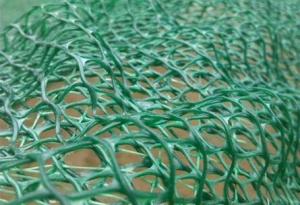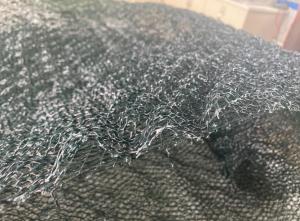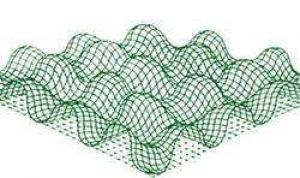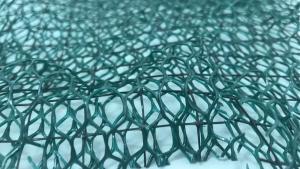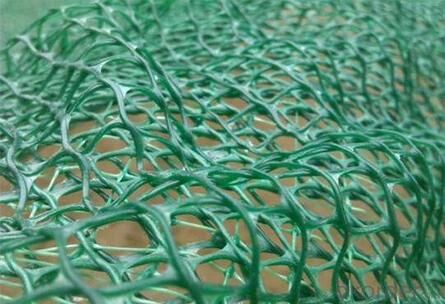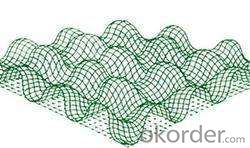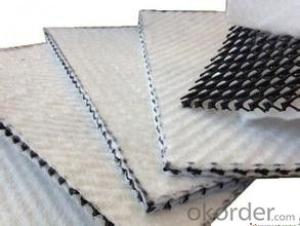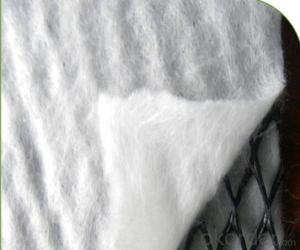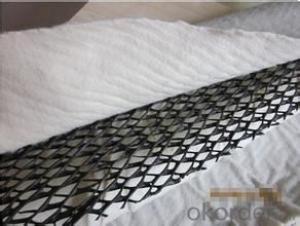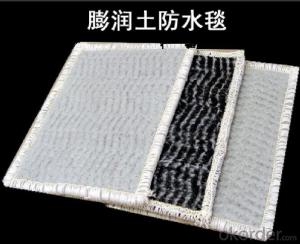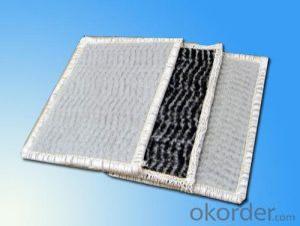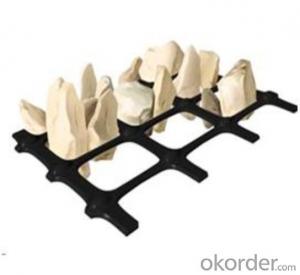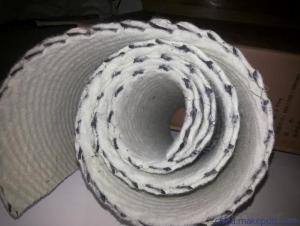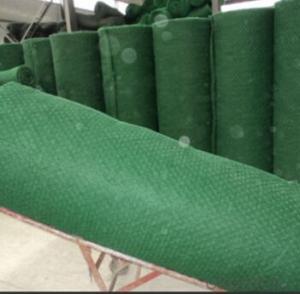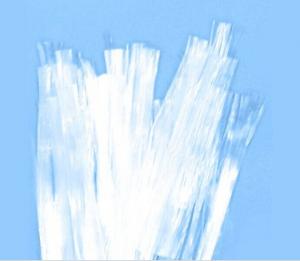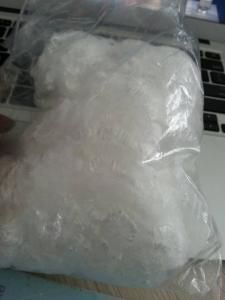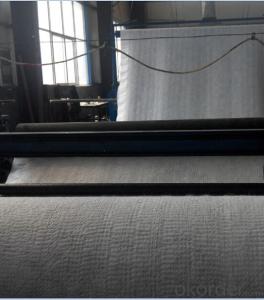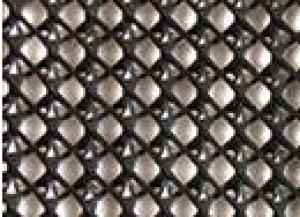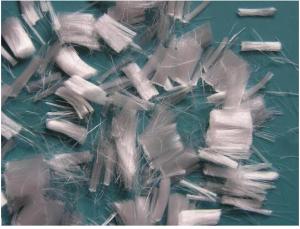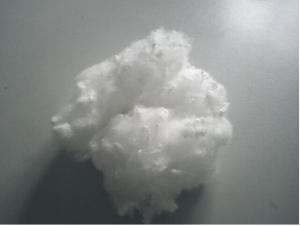3D Geomat Erosion Control Mat And Plastic Geomat
- Loading Port:
- Qingdao
- Payment Terms:
- TT or LC
- Min Order Qty:
- 30000 pc
- Supply Capability:
- 500000 pc/month
OKorder Service Pledge
OKorder Financial Service
You Might Also Like
Description:
CMAX Geomat is a new kind seed planting material with tridimensional structure, which can effectively prevent the soil being washed away, and increase the area of virescence, and improve our environment very well.
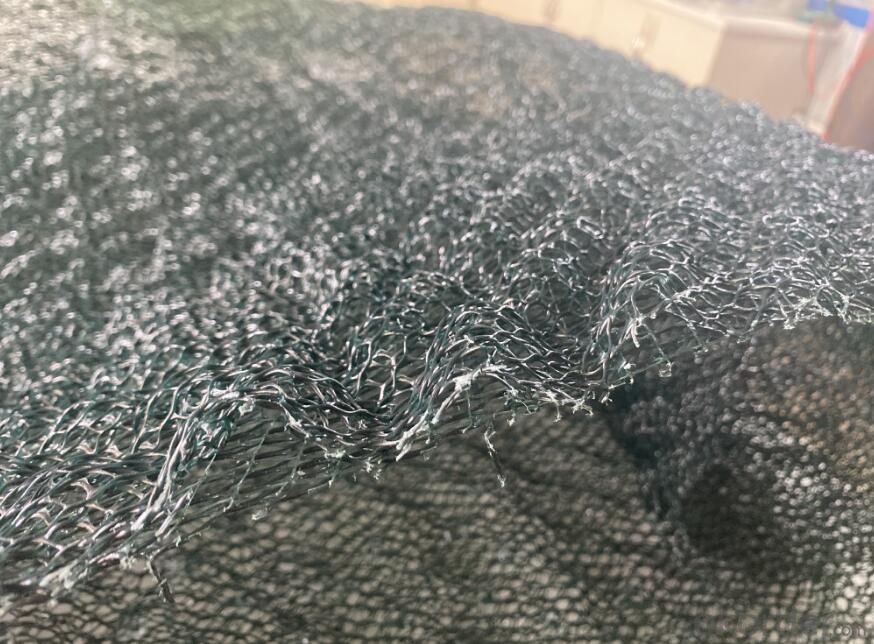
Specification:
Item: EM2, EM3, EM4, EM5
Thickness: 10mm-16mm
Width:2m or as request
Length:50m or as request
Color: green or black color
Property:
1) Before the greensward grows, it prevents the surface of the land from the erosion of the wind and rain.
2) Form compound protection layer with the vegetable, standing the wash-out of the high water level and large speed current.
3) Replace the concrete, asphalt, and block, using in the slope surface protection of roadway, railway, river-way, dyke, and the hillside, etc.
Application:
1) Prevent the surface of ground form weather beaten before the seeds growing up.
2) The compound protection layer will be forming after the grass grow up, which can endure wash by high level and high speed water.
3) It can be a substitute of the concrete, bitumen, stone, and so on to the perfect slop protection material. So it can be widely used in highway, railway, riverway, embankment and so on.
- Q: Can earthwork products be used for constructing horse riding arenas?
- Yes, earthwork products can be used for constructing horse riding arenas. Earthwork products such as gravel, sand, and clay can be used as base materials to create a suitable and stable surface for horse riding arenas. These materials provide the necessary foundation to support the weight and movement of horses, ensuring a safe and functional riding area.
- Q: What are the different design options available in earthwork products?
- The different design options available in earthwork products include various materials such as rocks, gravel, sand, and soil, as well as different shapes and sizes of these materials. Additionally, there are different techniques for arranging and layering these materials to achieve specific design goals, such as slope stabilization, erosion control, or landscaping features.
- Q: Material in the civil engineering in what kind of position
- You said that material important is not important. It can be said that the material is the cornerstone of civil engineering. No material what is the air castle.
- Q: How do erosion control blankets help in sediment control in earthwork projects?
- Erosion control blankets play a crucial role in sediment control in earthwork projects by providing a protective layer over exposed soil. They effectively minimize the impact of rain and wind on the soil surface, reducing erosion and preventing sediment runoff. Additionally, these blankets promote vegetation growth, stabilizing the soil further and enhancing sediment retention. Overall, erosion control blankets act as a physical barrier, preventing soil particles from being washed away and helping maintain the integrity of the project site.
- Q: How do geosynthetic meshes help in soil stabilization for embankments?
- Geosynthetic meshes provide reinforcement to the soil, enhancing its strength and stability, especially in embankments. These meshes distribute loads more evenly, reducing the potential for soil erosion and slope failure. Additionally, they improve drainage and prevent the loss of fine particles, enhancing the long-term performance and durability of embankments.
- Q: How can geocomposites be used in subsurface irrigation systems?
- Geocomposites can be used in subsurface irrigation systems by serving as a protective layer that prevents clogging of the irrigation pipes. They also aid in water distribution and filtration, improving the efficiency of the irrigation system. Additionally, geocomposites can help with soil moisture control and reduce water wastage, making them a valuable component in subsurface irrigation systems.
- Q: What is the purpose of using geotextile bags in erosion control structures?
- The purpose of using geotextile bags in erosion control structures is to provide a barrier against soil erosion while allowing water to pass through. These bags are filled with soil or other materials and strategically placed to create a stable structure that can withstand the force of water, preventing further erosion and protecting the land.
- Q: How are geonets used in earthwork?
- Geonets are used in earthwork to provide soil stabilization and drainage. They are placed within the soil layers to enhance its strength and prevent erosion by distributing the load evenly. Additionally, geonets facilitate the efficient flow of water, preventing the accumulation of excess moisture in the soil, which can lead to instability.
- Q: How do earthwork products contribute to carbon sequestration?
- Earthwork products, such as biochar and compost, contribute to carbon sequestration by enhancing soil health and increasing the organic carbon content in the soil. These products act as a carbon sink, absorbing carbon dioxide from the atmosphere and storing it in the soil for an extended period. Additionally, earthwork products improve soil structure, water retention, and nutrient availability, fostering the growth of plants that further aid in carbon sequestration through photosynthesis. Overall, the use of earthwork products helps mitigate climate change by reducing greenhouse gas emissions and promoting the long-term storage of carbon in the soil.
- Q: How can geocomposites be used in subsurface drainage systems?
- Geocomposites can be used in subsurface drainage systems to enhance and improve their performance. They can be used as a filter or separator between the soil and the drainage material, preventing clogging and ensuring the efficient flow of water. Additionally, geocomposites can provide reinforcement and stability to the drainage system, increasing its overall durability and longevity.
Send your message to us
3D Geomat Erosion Control Mat And Plastic Geomat
- Loading Port:
- Qingdao
- Payment Terms:
- TT or LC
- Min Order Qty:
- 30000 pc
- Supply Capability:
- 500000 pc/month
OKorder Service Pledge
OKorder Financial Service
Similar products
Hot products
Hot Searches
Related keywords
